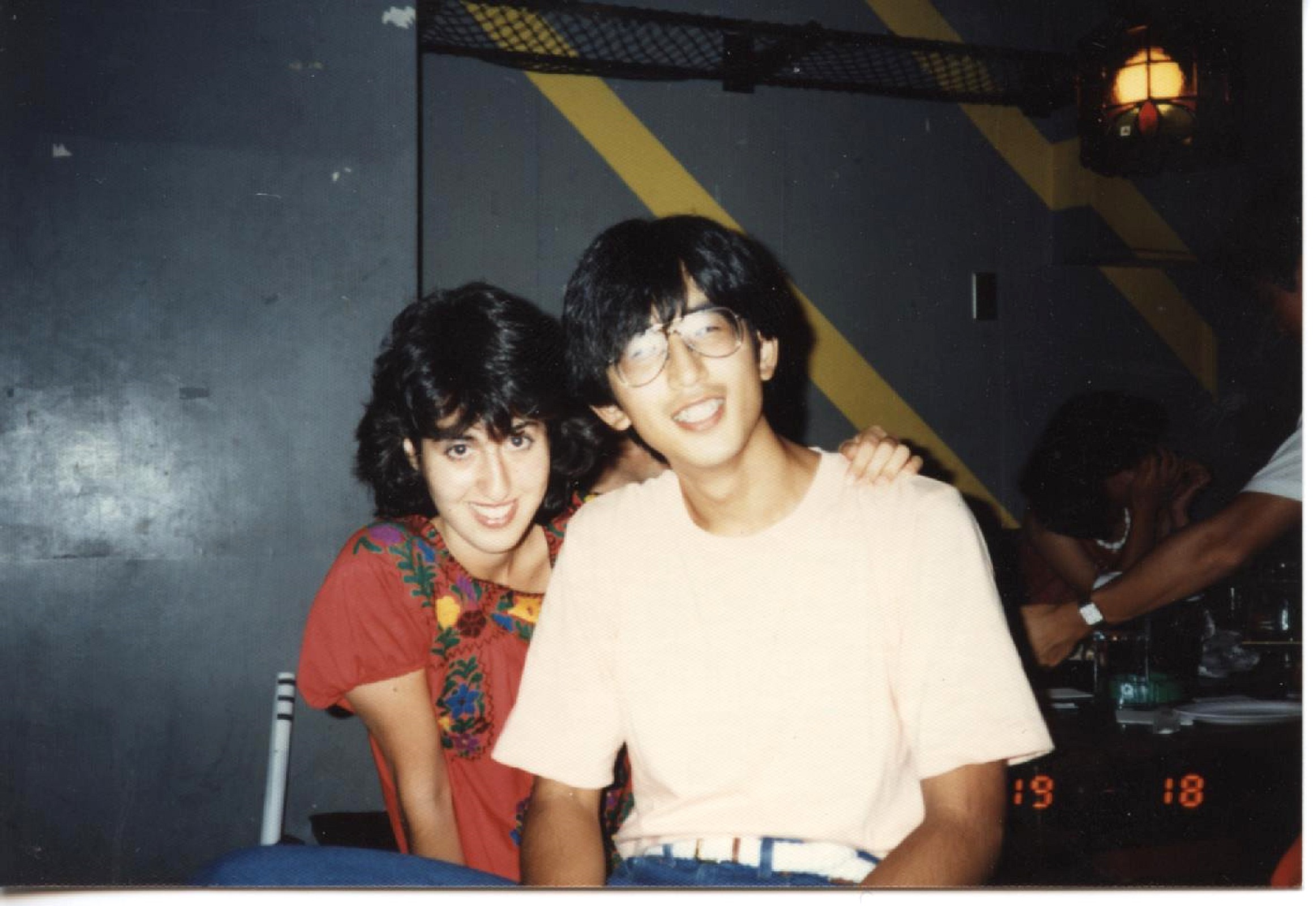
Last Updated: 18 Jul 2020 Introducing myself – how I got started working with Japan
People often ask me how I first got interested in Japan. My high school hobby was artwork, and I was a big fan of the ukiyoe collection at the Art Institute of Chicago (one of the best in the world). I studied printmaking myself at an artist’s studio, and a Japanese artist named Yumiko Irei-Gokce was sharing the space. I was impressed by her work and enjoyed talking with her, and she led me to be even more curious about Japan. I also had some Japanese American friends, and when I visited their homes their parents were very gracious and there were lots of interesting Japanese objects around. And a nice Japanese exchange student used to sit with my group of friends at lunch, and it seemed like every day she had some new intriguing thing with her, be it a little Japanese book or a Sanrio trinket, to share with us.
At the same time, like many others of my generation I was influenced by the TV miniseries of James Clavell’s Shogun, and the Japanese references in movies like The Karate Kid
and Star Wars. Soon in my mind, Japan had become synonymous with “fascinating.”
When I entered college I knew that I wanted to do something related to business, and thought that by studying Japanese I could do something that interested me culturally, while also creating the foundation for a career. It turned out that I loved Japanese class, and after a wonderful experience as an AIESEC trainee in Kyoto I was well on my way to a Japan-related career. (The photo above is me with my Japanese homestay brother Shusuke from that time,)
It was working at the headquarters of a major Japanese bank, as one of only a small handful of non-Japanese employees, that deepened my fascination with Japanese corporate culture. How could I, as a non-Japanese, be effective within a Japanese corporate structure. How could I work more effectively with my Japanese manager and colleagues? How could I influence the decision-making process? How would Japanese companies integrate non-Japanese employees as they expanded their international operations?
I realized that many people shared these questions, and that there was a need for more information. This got me started on writing my first books, The Rice-paper Ceiling: Breaking Through Japanese Corporate Culture, and Koyo Masatsu
(Employment Friction) in Japanese, and shortly thereafter founding Japan Intercultural Consulting. I continue to learn more about Japanese culture, and the various ways it interacts with other cultures, from our clients every day.

